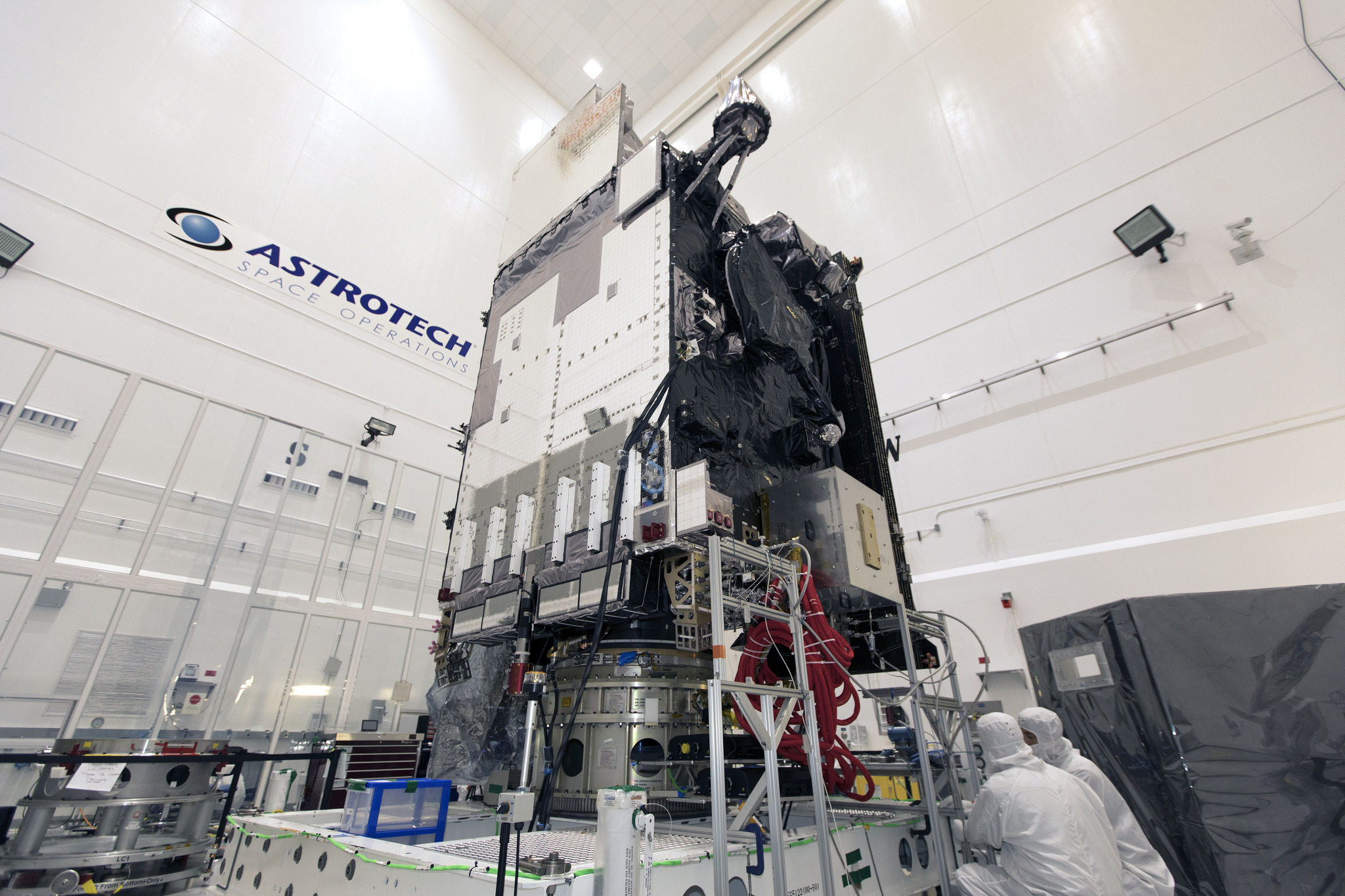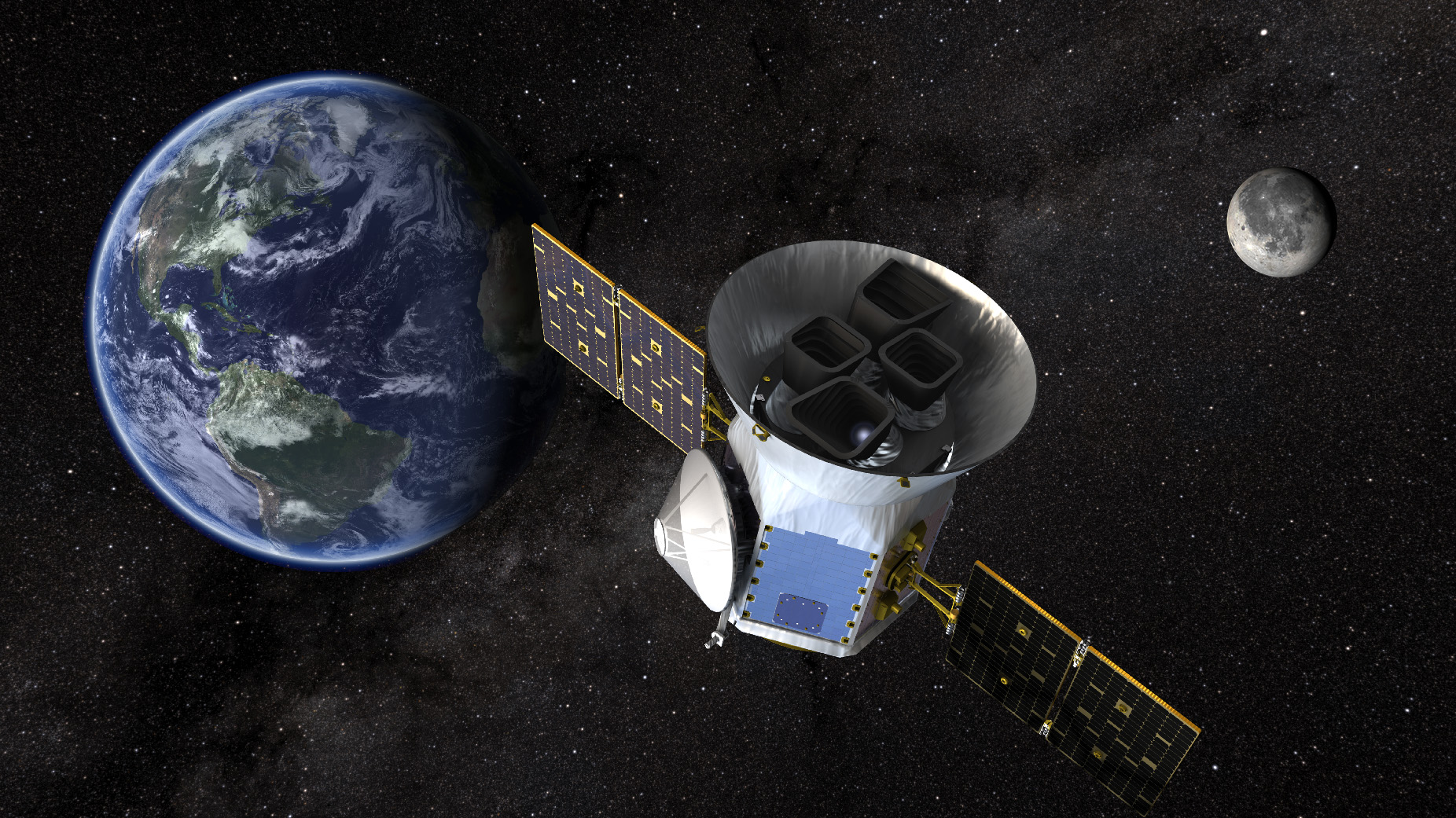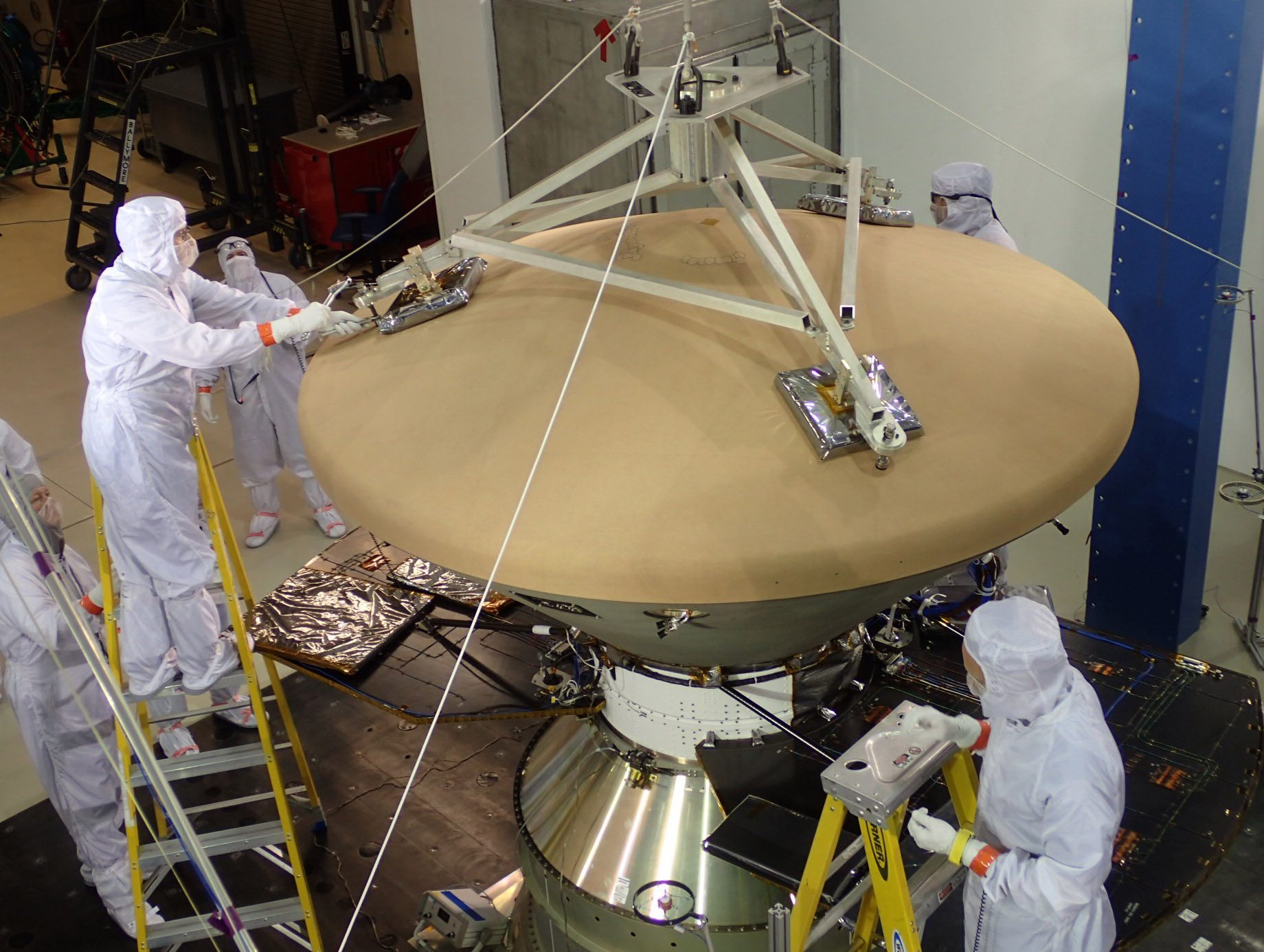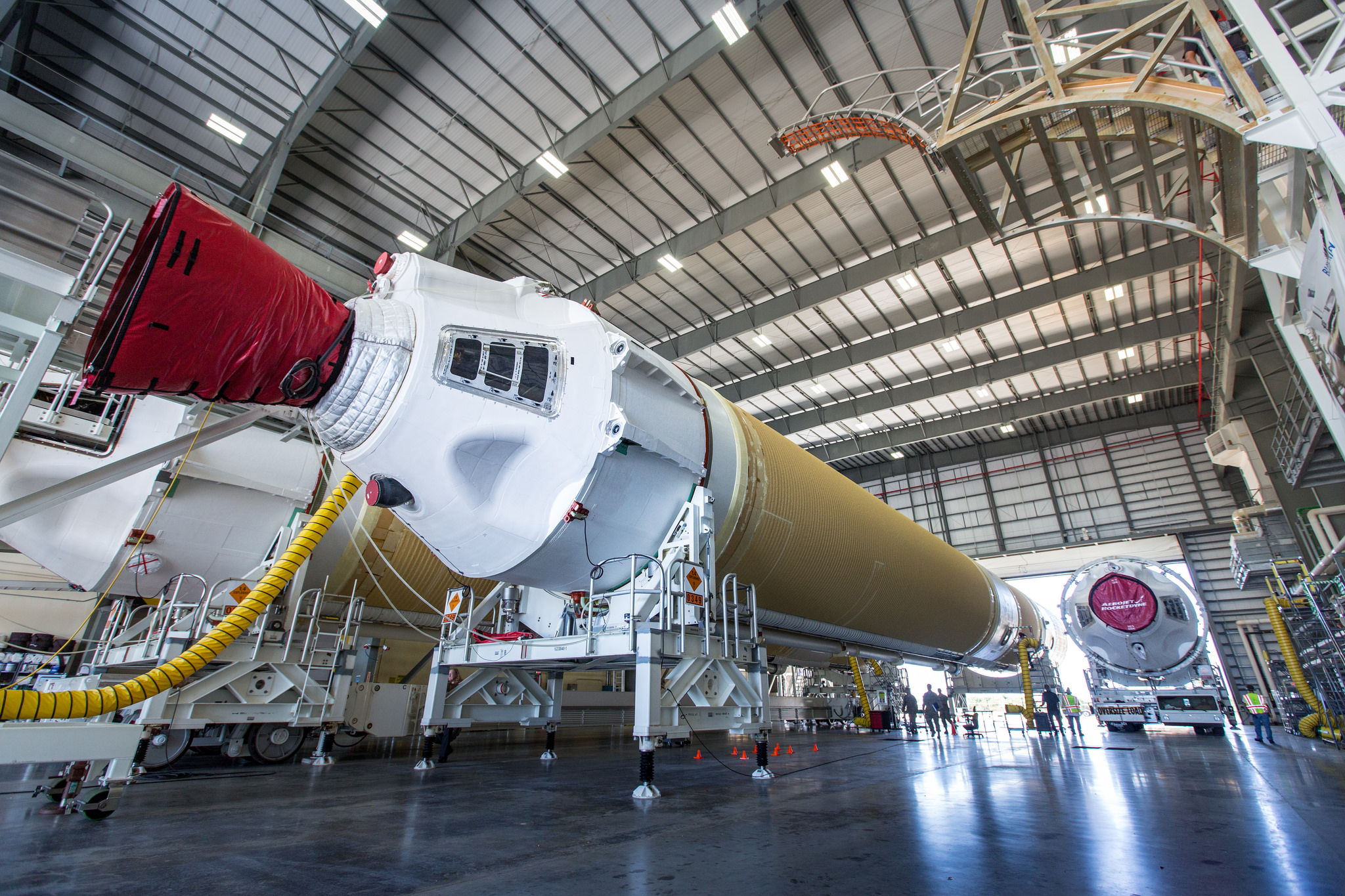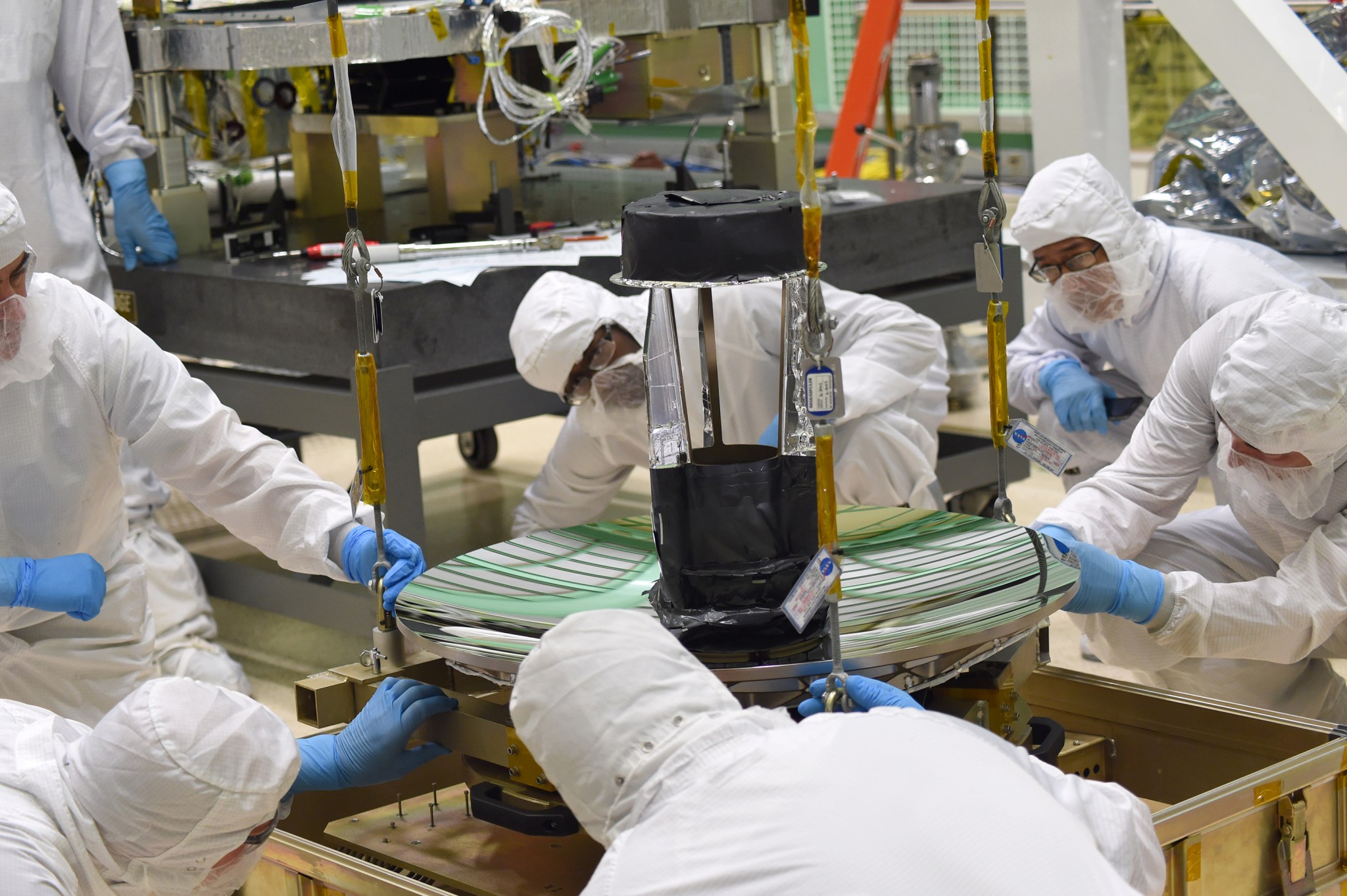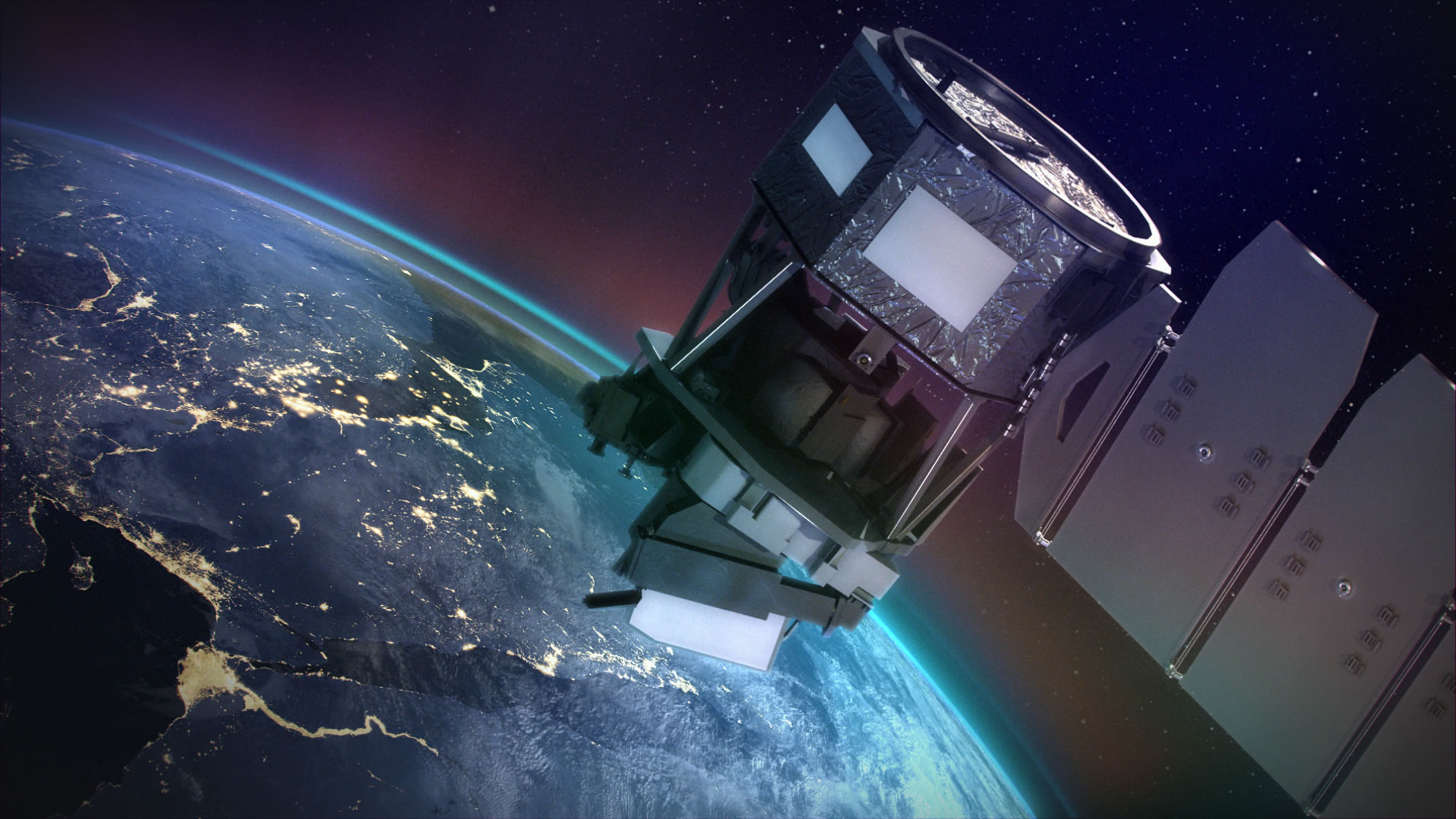If there’s a magic number for NASA’s Launch Services Program (LSP) at the agency’s Kennedy Space Center in Florida, it could be six. That’s because there are six primary NASA missions scheduled to launch from two different coasts, within about six months, atop six different rocket configurations (five different rockets).
“Not since 2003 has the Launch Services Program had a denser and more diverse manifest as it will this year,” said Chuck Dovale, the program’s deputy manager. “We are poised and ready for the challenges ahead.”
“It’s going to be an exceptional year, with a variety of launches,” said Tim Dunn, LSP launch director.
Kicking off the year will be the launch of NOAA’s Geostationary Operational Environmental Satellite-S, or GOES-S. The satellite is scheduled to launch on March 1, atop a United Launch Alliance (ULA) Atlas V rocket from Space Launch Complex 41 at Cape Canaveral Air Force Station (CCAFS), on the east coast.
The GOES-S weather satellite, which will be renamed GOES-17, will launch into a geostationary orbit around the Earth and join its predecessor GOES-R (now GOES-16), which was launched just over a year ago. The satellite will help give the big weather picture, including precise data on hurricanes.
Following closely behind will be the Transiting Exoplanet Survey Satellite, or TESS, which will launch March 20 atop a SpaceX Falcon 9 rocket from Space Launch Complex 40 at CCAFS.
TESS will search for planets outside our solar system, including those that could support life.
The Interior Exploration using Seismic Investigations, Geodesy and Heat Transport, or InSight, is the first of two interplanetary missions, and the first one ever launching from the west coast. The probe will launch on its mission to Mars on May 5 atop a ULA Atlas V rocket from Space Launch Complex-3E at Vandenberg Air Force Base in California.
InSight is a NASA Discovery Program mission. The single lander will descend to the surface of Mars and use its seismic sensors to study the interior of the Red Planet.
The second interplanetary mission is the Parker Solar Probe. The spacecraft, about the size of a small car, will launch July 31 atop a ULA Delta IV Heavy rocket from Space Launch Complex 37 at CCAFS. The probe will travel to about 4 million miles from the Sun’s surface and study the giant fireball’s corona.
“The Parker Solar Probe is truly our ‘shiny object’ mission,” said Omar Baez, LSP launch director for this mission. “It is the first time we will fly a Delta IV Heavy with a science payload. We need to meet the very short 20-day planetary opportunity.”
Dunn said that interplanetary missions are more difficult. Those missions, by their very nature and how the trajectories work, have very precise windows when they can launch. For example, to get to Mars this year, the program has only about a 4.5-week period between early May and the first week of June to launch, or the program would have to stand down for about 26 months.
On Sept. 12, the Ice, Cloud, and land Elevation Satellite-2, or ICESat-2, will launch atop the final United Launch Alliance Delta II rocket from Space Launch Complex-2W at Vandenberg.
“As a ‘parent’ of many rockets, we’re not supposed to have favorites,” Dunn said, “but the final launch of a Delta II rocket will hold a special place in my heart. I worked on the Delta II team back in the 1990s at Cape Canaveral Air Force Station. It was there that I really learned the inner workings of what it takes to launch that particular rocket.”
ICESat-2 will carry a single instrument, the Advanced Topographic Laser Altimeter System, or ATLAS. It will gauge the slope of Earth’s surface and gather data to estimate the annual height change of Greenland and Antarctica ice sheets to within 4 millimeters – the width of a pencil.
The Ionospheric Connection Explorer, or ICON, will launch aboard an Orbital ATK Pegasus XL rocket later this year. Pegasus is the only airborne-launched rocket. It will be attached beneath the company’s L-1011 Stargazer aircraft, carried to 39,000 feet, and then released for launch.
ICON will study the frontier of space – the dynamic zone high in the atmosphere where Earth’s weather from below meets space weather above.
“It’s an incredible position to be in when you’re part of a team that is bringing that capability to our nation, whether it’s Earth science, weather or interplanetary missions,” Dunn said.
Credit: Kennedy Space Center
“These missions truly highlight the wide-ranging portfolio that NASA science has to offer and LSP is proud of their role in making 2018 historic,” Dovale said.




























